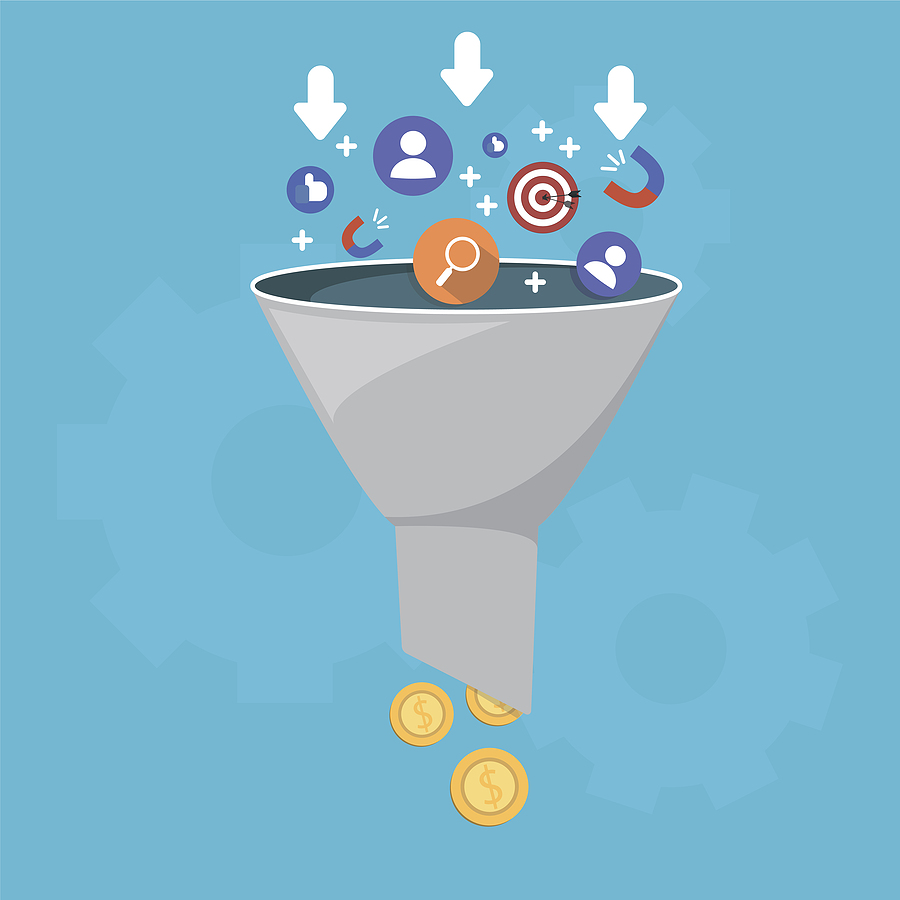 Online lead generation can be a complex endeavor that consumes your entire sales and marketing force. After all, generating business starts with generating leads and, as we know, there are numerous tactics and techniques for lead generation. The main challenges seem to be where to begin and, once leads are pulled in, how do you retain them?
Online lead generation can be a complex endeavor that consumes your entire sales and marketing force. After all, generating business starts with generating leads and, as we know, there are numerous tactics and techniques for lead generation. The main challenges seem to be where to begin and, once leads are pulled in, how do you retain them?
So, where do you start with online lead generation? As with any marketing endeavor, you need to first identify your goals. Are you simply trying to increase brand awareness? Or are you trying to obtain new customers? Are you generating leads so you can build a relationship with them through nurturing or are you looking for leads that are ready to buy now?
Next, you need to know and understand who your target audience is. Who are you targeting in terms of industries, company size and type, and company roles. You want to figure out not only who your audience is but also what their problems, concerns and needs are, which you can learn through surveying them. You need to gather as much information as possible so that you can determine:
- How to communicate to them in your lead generation efforts,
- Which channels or vehicles to use to reach them (e.g. email, social media),
- What content you should offer them that will be relevant and draw them to you. (There’s a saying that “Content may be king, but context is queen”), and
- How you can move a contact through the stages in the sales funnel once they become a lead. Those stages are “awareness,” “interest,” “evaluation,” “engagement” and “purchase.”
Ideally, you want to be able to capture leads you can move from awareness to purchase more quickly and easily or even bring in at the evaluation or engagement stages.
But not all leads are created equal.
Knowing Your Leads
Someone downloading a piece of content from your website is different from someone who is researching you on Google to find out what you do. The latter is someone who will fill out a form and say, “I’m willing to have a conversation.” You need to determine what type of lead someone is and where they fit in the sales funnel so you can determine how to nurture that lead — what types of content to offer, what messages will resonate — and work to build a relationship with them.
What can you learn from a lead based on what they download? How you do know what type of lead you have if they are reading a blog versus downloading a white paper? Having a lead-generating website by employing techniques such as search engine optimization and pay-per-click advertising can help you know what terms or topics people are searching on that brings them to a particular content offering. That data can tell you a bit about them, perhaps even give you some sense of where their head is at and where they might be coming from in terms of need for your product or service. However, leads generated via your website aren’t always very engaged. Often, they are leads who are just exploring or educating themselves and not necessarily looking to or ready to buy. They are at the top of the sales funnel, in the “awareness” stage, and may remain there.
Capturing Critical Data on Your Audience
The process for lead generation and getting leads to the point of purchase can be made simpler by going back to knowing who your target audience is. This is where SimplyDIRECT can support you.
You want to not only identify who your target audience is, but also supplement whatever data you may have on your targets through conducting in-depth research. You probably have a list of companies you would like to get into and know which roles you sell to and their job function (e.g. operations, IT, compliance). You may also have leads with some interest or intent and want to know more about them. With the criteria and info you give us, we can find out who the right contacts are at your target companies and build a database for you with a wealth of data on each target contact. This gives you the data you need to get a foothold with marketing to them.
The next step beyond that research is to survey these target prospects to find out what keeps them up at night. After doing this survey, leads are sales qualified and fully engaged, as they have provided information pertaining to relevant needs and they have agreed and opted in to hearing from you. These are leads that are as close to ready-to-buy as you can get without having them call or email you themselves.
Get free survey samples and learn more about how we can help you with better qualifying your leads and up-leveling your online lead generation.
